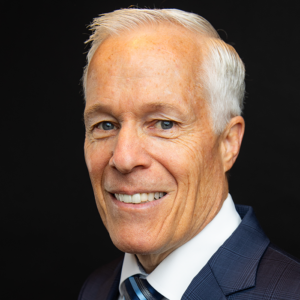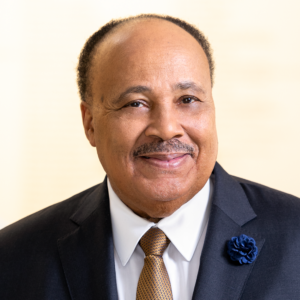Federal Government Looking for Ways to Get to Retirement Funds

Just when you thought your retirement account was safe from the federal government, think again. That’s’ because according to the Government Accountability Office, there are around 9,000 U.S. taxpayers who have a minimum of $5 million in an individual retirement account.
Now some lawmakers are taking a closer look at these accounts because as Senate Finance Committee Chairman Ron Wyden of Oregon puts it: “The IRA was never intended to be a tax shelter for millionaires.” According to the GAO report, these accounts are only possible for someone who has access to investments that are not available to most people or who has an aggressive investment strategy.
Meantime, there were an estimated 1,100 taxpayers that had more than $10 million in their IRAs as of 2001, according to the GAO report. Of those, 314 people had more than $25 million. On the other hand, that means that close to 99 percent of all people who have IRAs have less than $1 million in their accounts.
So what, if anything, is the government trying to do about these types of accounts? For starters, last year, President Obama introduced a proposal that would put limits on these kinds of accounts. Under his proposal no one would be able to add tax-favored contributions after their total account balances accumulated about 3.2 million. However, so far, the president’s proposal has not moved forward in Congress. It remains to be seen if other lawmakers will push harder for changes.
From the Streets to Self-Reliance
How Joseph Grenny’s Other Side Village Is Rewriting the Homelessness Playbook A 2 a.m. Alarm and a Box of World-Class Doughnuts At two o’clock each morning in downtown Salt Lake City, former rough-sleepers slip into spotless aprons, fire up industrial mixers, and begin turning out pillowy brioche rings glazed with passion-fruit icing and drizzled…
Building a Legacy: A Fireside Chat with Martin Luther King III
In a thought-provoking fireside chat at our Legacy Builder’s Conference, Martin Luther King III shared profound insights on the concept of legacy, leadership, and the moral imperatives facing society today. Speaking with Alan Olsen, he reflected on his father’s enduring impact and his own efforts to carry forward that mission in today’s world. Defining His…
Turning Ordinary Lives into Living Legacies
“There was a measurable connection between how well they knew their family stories and how successful they were.” — Kasia Flanagan, founder of Everyday Legacies When historian‑turned‑biographer Kasia Flanagan examined the lives of mixed‑race German‑Samoan descendants for her PhD, she expected to chart migration patterns and cultural shifts. What she didn’t expect was the data point that changed her career:…
Roy Moëd on Turning Memories Into Masterpieces
“There are two dates: you’re born and you die — but it’s the dash in between that tells your story.”– Roy Moëd In an age of scrolling feeds and vanishing digital memories, Roy Moëd is championing something different — something timeless. Through his company LifeBook Memoirs, he’s helping individuals turn their life stories into beautifully…



